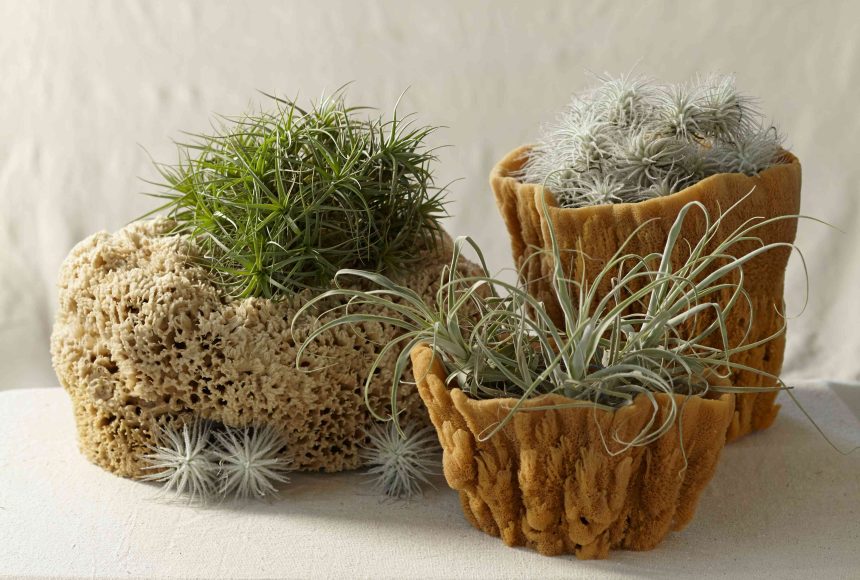Easy to grow and small-space friendly, air plants are popular houseplants that bloom just once before dying. But before they fade, you can propagate air plants from offsets or “pups,” which are baby plants that can be separated from the parent plant and added to your low-water houseplant collection. Use this guide to learn how and when to propagate air plants, plus get tips on encouraging more offsets to form.
Methods for Propagating Air Plants
Air plants are propagated either from seeds or offsets, which is a lot easier and faster. As with many other plants, air plant flowers need to be pollinated either by the wind or insects to produce seeds, which is unlikely to occur indoors. On top of that, air plant seeds are tricky to grow and it takes about 4 to 5 years for seeds to mature into an air plant that’s big enough to flower.
But even without pollination, air plants will usually produce between 2 and 8 offsets or pups when they mature, flower, and start to die. Since air plants bloom just once, producing offsets is a nifty way for the parent plant to preserve its DNA and produce new air plants even in the absence of pollinators. Unlike air plants grown from seed, offsets are genetically identical to the parent plant and they will bloom a few years earlier than air plants grown from seed.
Jacob Fox
Steps for Propagating Air Plants from Offsets
Air plants are slow growers that generally take between 1 to 3 years to bloom, although this varies between air plant species. These plants typically flower in spring or summer and their short-lived blooms last for a few days or weeks. Offsets only start to form after the air plant’s flowers fade and it is therefore important to not separate the offsets from the parent plant too early, or the offsets won’t survive.
1. Wait Until After Flowering
Once air plants flower, wait for the blooms to fade and offsets to form. Air plant offsets should only be separated from the parent plant when the offsets are at least ⅓ to ½ of the parent plant’s size, and the parent plant has started to turn brown. Separating offsets too early can cause the offsets and the parent plant to die.
While encouraging air plants to produce more pups is largely about providing the right light, water, and care, there are a couple things you can do to help them along, including fertilizing the plants once a month with a liquid air plant fertilizer and trimming off the flower stalk once it’s faded.
2. Separate Air Plant Pups from Parent
When the offsets have grown long enough, you have two choices: Either remove the offsets from the parent plant or let the parent plant and the offset grow together until the parent plant falls off on its own. If your air plant has produced multiple offsets, you also have the option to let the offsets continue to grow together in a cluster or ball of multiple plants.
If you decide to separate the offsets, use a sharp, sterilized knife to carefully cut the offsets free from the base of the parent plant. If needed, cut into the parent plant to avoid damaging the offsets. If the parent plant has a lot of brown leaves, you may be able to simply twist the offsets off the parent plant.
Parent air plants can live for a year or more after flowering. Waiting to remove offsets until the parent plant turns brown will significantly extend the life of your original plant and make your offsets stronger too.
3. Care for Your New Air Plant
After removing the offsets, care for your new baby air plants just like you do for the parent plant. Place it in bright, indirect light, and give it a soak to water your new air plant about once a week.







